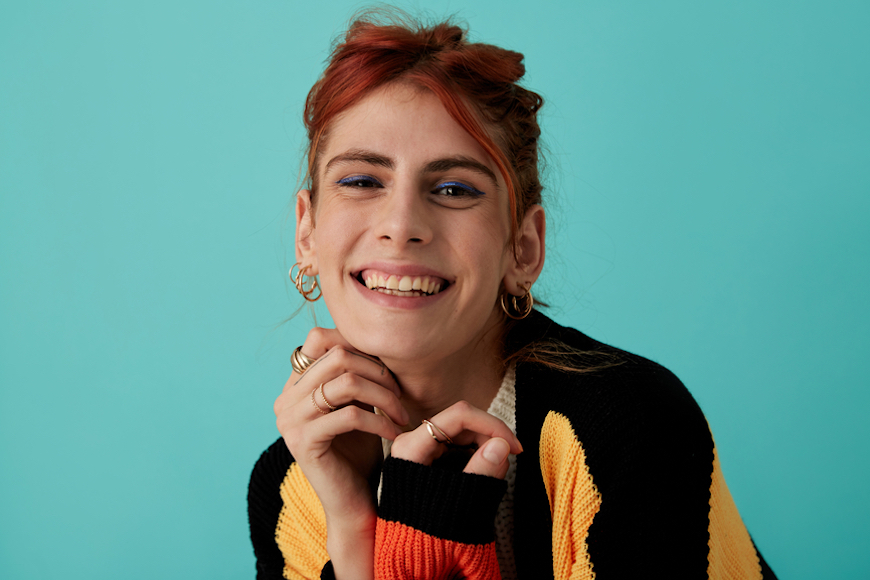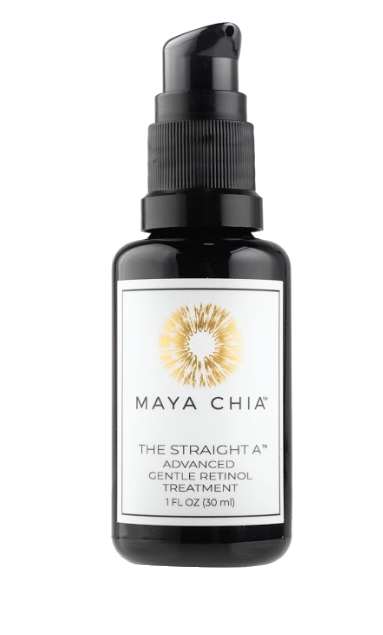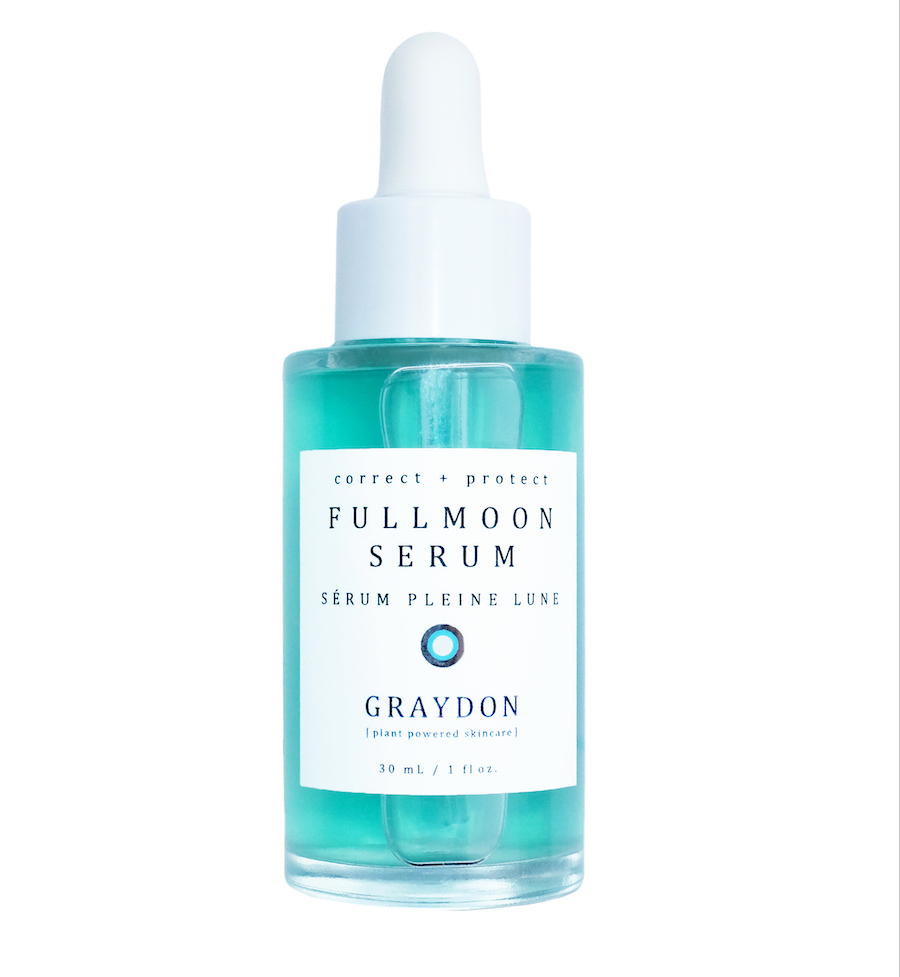
February 28, 2020 at 03:00PM by CWC
Retinol is an all-star ingredient beloved by dermatologists everywhere, but for years, many people with sensitive skin opted out of using it due to the flaking and redness it can cause. Then came bakuchiol in 2018, a plant-based ingredient that multitasks just as well as retinol—boosting brightness, strengthening collagen, firming and smoothing—sans irritation. Fast forward a few years and there’s now a new alt-retinol in town called moth bean extract, here to give bakuchiol some friendly competition.
Though it may conjure an image of a winged insect, moth bean extract actually comes from the botanical world. “The scientific name is vigna aconitifolia, and it’s derived from a legume that’s grown in Asia,” says Susanne Norwitz, founder of skin-care brand Maya Chia. “It’s extracted from protein-rich seed pods, and there has been encouraging research comparing it to the efficacy of retinol.”
ADVERTISEMENT
ADVERTISEMENTKate Spade Autumn/Winter Sale |
Even though the extract isn’t a vitamin A derivative like retinol, it has similar benefits. Like retinol, moth bean extract encourages skin-cell turnover and can reduce the appearance of fine lines. Those aren’t its only superpowers, either. “It boosts the functionality of the dermal and epidermal layers of your skin, and its antioxidant properties—from caffeic acid, ferulic acid, cinnamic acid, and kaempefrol—help to repair damaged skin,” says Norwitz. Rachel Nazarian, MD, a board-certified dermatologist in New York City, says that those antioxidants can also help to shield your skin against future environmental damage and premature aging.
Moth bean extract can also brighten your complexion, which is another perk of using retinol. “It has shown anti-melanin behavior, which can be used to even skin tone from sun-damage, lightening sun spots and freckles,” says Dr. Nazarian.
ADVERTISEMENT
ADVERTISEMENTSports Direct Free Delivery on All Orders! |
So how does it stack up against bakuchiol? Norwitz says that the two retinol alternatives are very similar. “Both are derived from legume plants in the same part of the world, and neither of them actually have structural similarities to retinol,” she says. “But both are wonderful and gentle and mimic the effects of retinol on the skin.” Moth bean extract can be used on the most sensitive skin types, says Norwitz, as well as those with acne. So there’s now officially no reason not to have some retinol dupe in your beauty routine.
Ready for smoother, brighter skin? Keep scrolling for 4 skin-care products infused with retinol-mimicking moth bean extract.
Maya Chia The Straight A, $125

Prepare for your glowiest complexion ever: With this serum, your skin will drink up the effects of not only moth bean extract, but bakuchiol and encapsulated retinol itself. Raspberry seed oil, vitamin C esters, and chia seed extract add an extra dose of nourishment.
Graydon Fullmoon Serum, $87

This do-it-all serum features moth bean extract for gentle skin cell turnover, along with brightening vitamin C and pineapple for radiance. It’s also spiked with malachite—AKA the “Botox of crystals”—to soothe your complexion.
Supermood Youth Glo Radiance Serum, $65

Think of this serum as a salad for your skin. Pumpkin, grapefruit, and apple extracts are mixed with moth bean extract and hyaluronic acid, for a superstar retinol alternative that brightens and hydrates in one slather.
Dermalogica Pure Night, $82

This rejuvenating night cream blends moth bean extract with antioxidants and skin barrier-restoring peptides to repair your complexion as you snooze.
Watch below to learn why dermatologists love retinol so much:
For more retinol-like results, this is how to stimulate collagen in your skin (Hint: It’s not with collagen itself.) And here’s what to know about tranexamic acid, another buzzy ingredient that’s like a laser in a bottle.
ADVERTISEMENT

ADVERTISEMENT
Anya Hindmarch - I AM A PLASTIC BAGAuthor Rachel Lapidos | Well and Good
Selected by CWC

ADVERTISEMENT
ADVERTISEMENTUp to 30% off Gift Sets |








